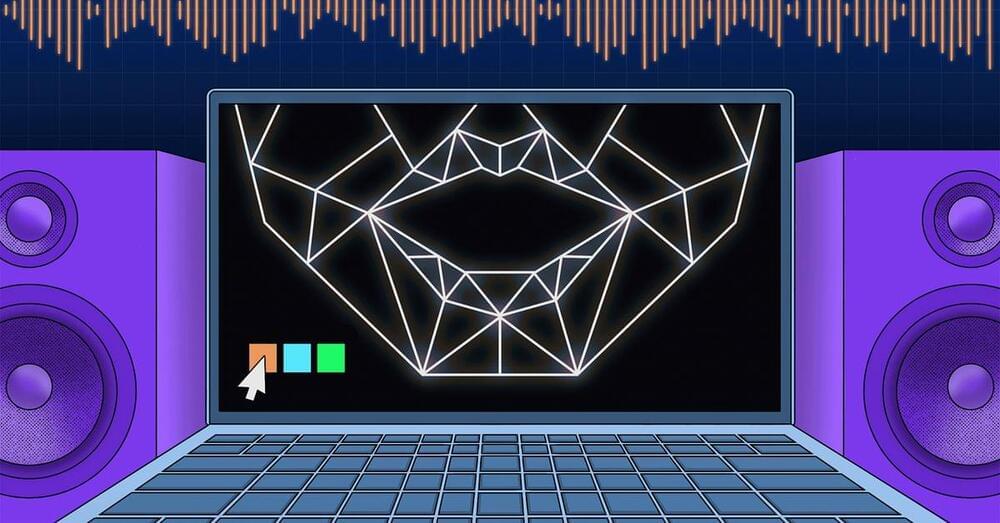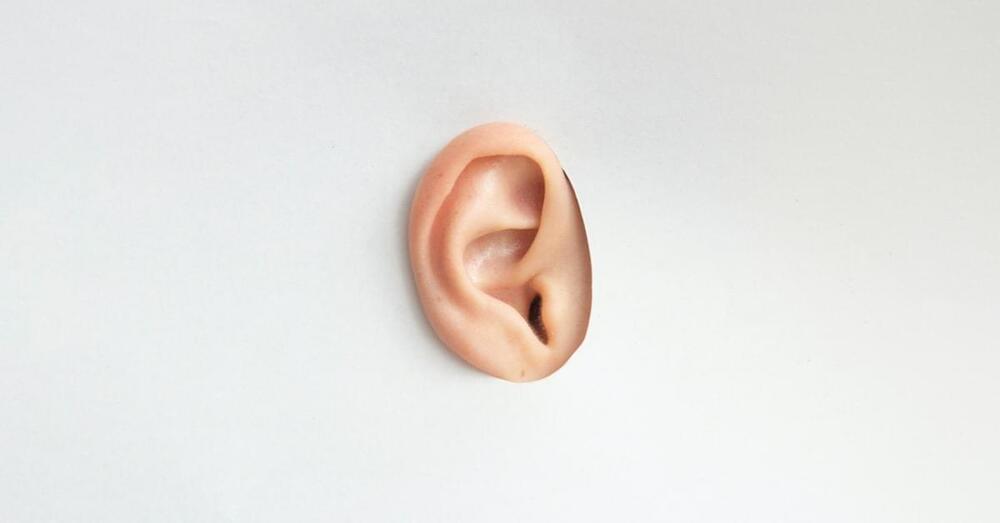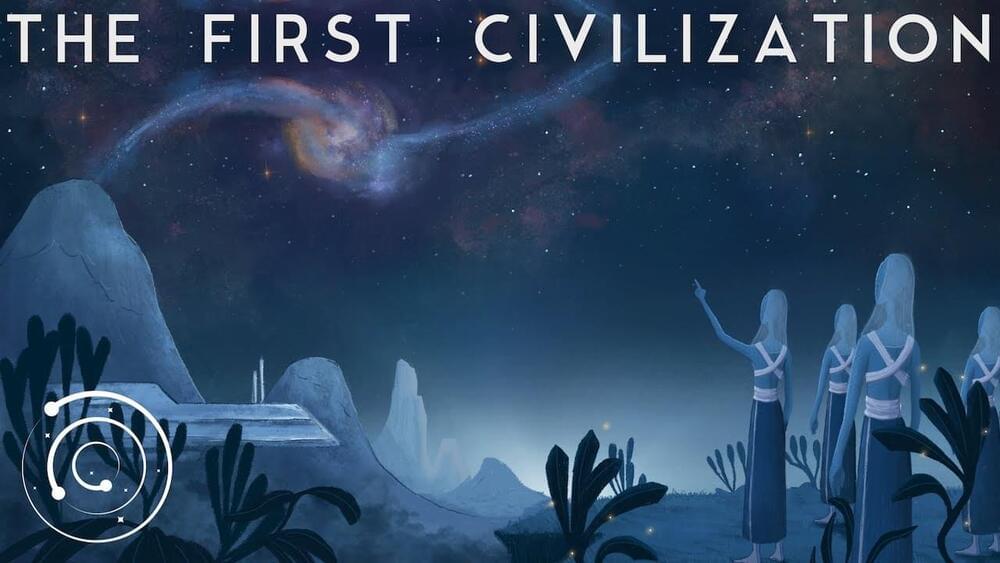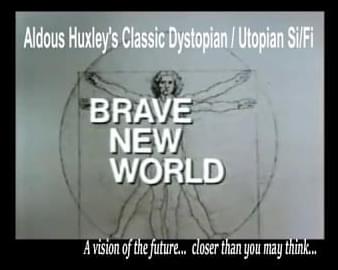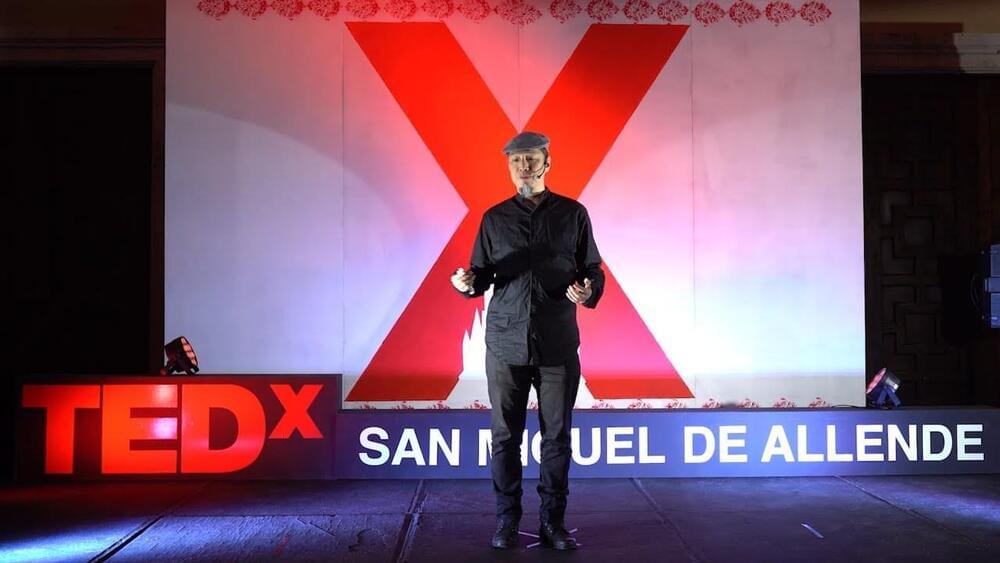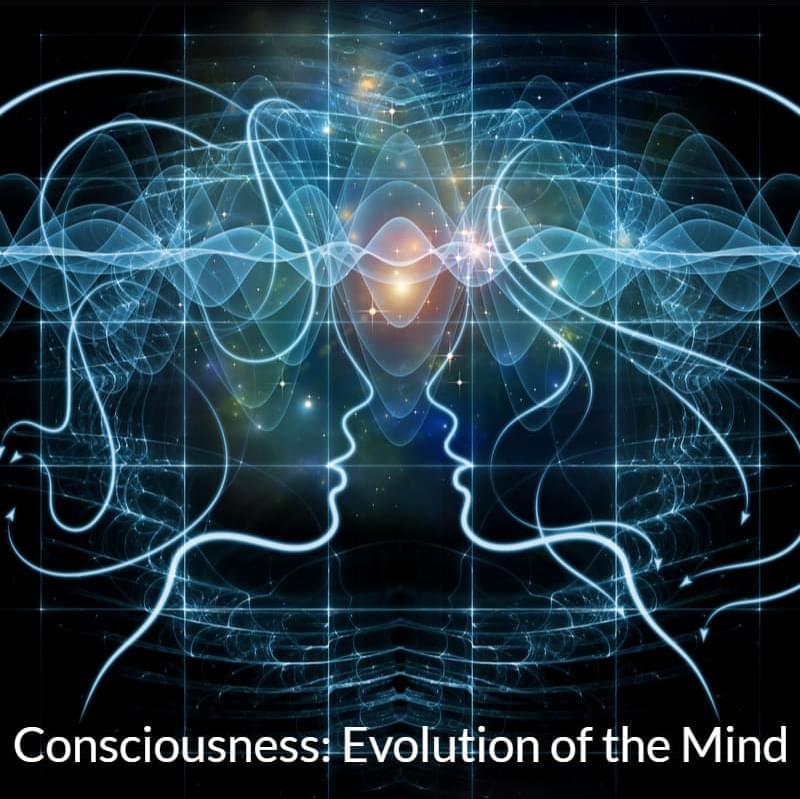May 2, 2023
Drake’s AI clone is here — and Drake might not be able to stop him
Posted by Gemechu Taye in categories: law, media & arts, robotics/AI
Major record labels are going after AI-generated songs, arguing copyright infringement. Legal experts say the approach is far from straightforward.
A certain type of music has been inescapable on TikTok in recent weeks: clips of famous musicians covering other artists’ songs, with combinations that read like someone hit the randomizer button. There’s Drake covering singer-songwriter Colbie Caillat, Michael Jackson covering The Weeknd, and Pop Smoke covering Ice Spice’s “In Ha Mood.” The artists don’t actually perform the songs — they’re all generated using artificial intelligence tools. And the resulting videos have racked up tens of millions of views.
Continue reading “Drake’s AI clone is here — and Drake might not be able to stop him” »
